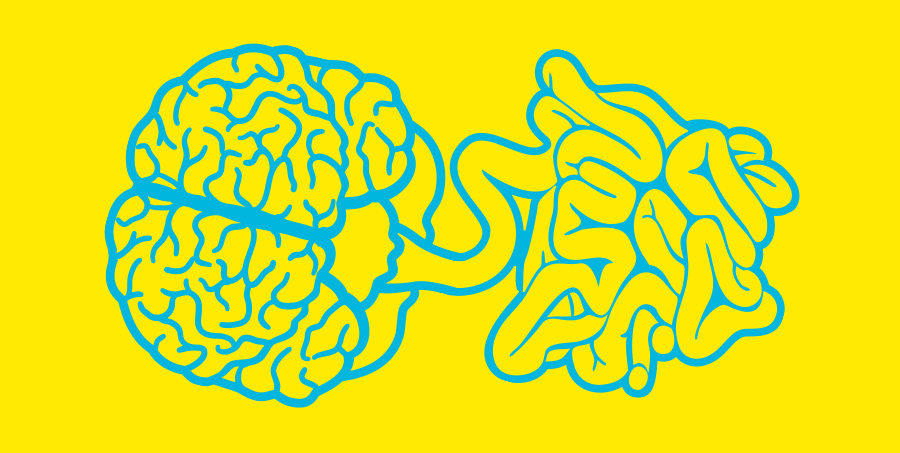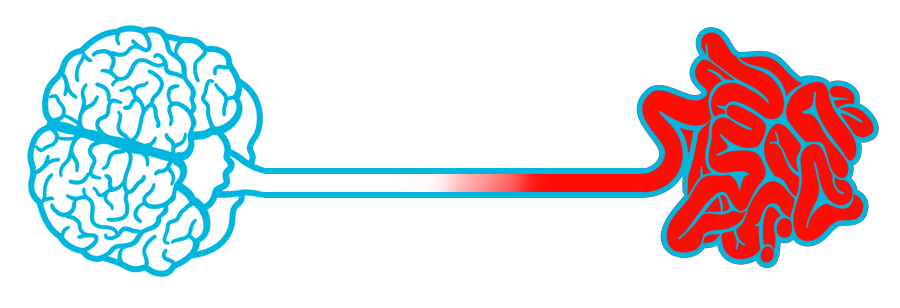Last week, we wrote about the the conundrum design agencies and in-house design teams face in growing successful design teams. While it paints a rather doom-and-gloom picture, the reality is that these are company problems. The role of being a designer is flush with opportunity. The challenge for designers, however, is picking a direction that provides the most professional growth and fulfillment. But there's a catch.
While design opportunities are plentiful, most jobs don't provide designers with a way to shape design problems and create enough value in an organization. Companies are struggling to utilize the talents of designers in a meaningful way. But it's not every company's fault. Companies need to trust their designers to make decisions. Designers, for their part, will have to think. Gut-think.
The Stupidfication of Design
Solving 'user experience' problems won't be solved by narrowly focusing designers around production work. There's only so much companies can do to productionalize a design process without causing huge problems to the overall quality and delight of a product. The trend of educational bootcamps and online learning has become a way to close a talent gap by thousands, but it's exposing a need for design leaders who can inject thinking and emotion into design work.
As an industry, we've been told people don't read. That people don't have time to do X. To make it simple. And designers have bought into this logic, which does not help them learn to synthesize ideas that actually make it easier and more enjoyable for people to use products. Simple is actually very complex to design when it comes to interactions. We're stuck designing around press releases, despite the goal of two pizza teams creating more value. When you couple this with "always on" internet products, designers are asked to work in an industrial revolution-like production line to quickly solve problems. It's not the future, though. It's making us stupid.
Although we've moved past the idea of magic Photoshop buttons that solve design problems, we've also introduced new problems of putting bodies on design work that requires nuanced thought and presentation. Corporate hierarchies, agile pressures and MVP products all but rob us of a chance to create real impact.
We Need a Better Approach
We're about two decades into this whole commercial internet thing. Design as a profession has progressed significantly, but we're going to have to change our tactics if we want to break free from the unnecessary burdens of company structures. Evolution is inevitable. Let's not get overly frustrated though — we get to shape that evolution in a way that creates momentum and satisfaction, especially if we invest our efforts right. It takes time for industries to find clarity and it will require different approaches than the ones we use today.
Today's digital knowledge workers are no longer efficient or effective when working in a production-line model, which takes the emotion out of producing design work. The future depends on a practical approach to design thinking that enables designers to make decisions based on synthesizing rational thinking with emotions. Product designers need to work through the entire product lifecycle, shaping decisions that have big implications on the technology, business goals and customer needs.
Product Design Requires Gut-Thinking

If we're to succeed in dismantling production lines then we need to prepare designers to think through user and business decisions. We've talked in the past about the dribbblefication of design and the need to work through feedback. Making this problem more complicated is that online products don't shut off and the process of producing product updates is a race against time. Designers must learn to fail fast and make adjustments. Whipping out Photoshop or pushing code to Github is a great start to get the muscles working, but ultimately we need to make adjustments with our whole mind and body.
Product design requires making a ton of decisions and often works best with a bottom-up strategy. It's not a production role; however, the greatest design leaders stay close to the medium. Our history is full of designers who have used the hero design method — Eames, Loewy and Starck have shown great design work happens when emotion and thinking become part of the equation. They worked from the gut. Today's product designers should embrace this approach and use their techniques for inspiration, as the results are undeniable. Companies will need methods and processes for incorporating these ideas.
Designers need to get better at articulating their ideas through direct business communication so they can think from the gut. Producing beautiful imagery and soft emotional rationale isn't going to cut it — thinking from the gut requires quick decision making to persuade teams to move forward through rational decision making. Gut-thinking is the same fight or fleet thinking that happens when a speeding car is heading in your direction. Your body takes over and quickly reacts by moving out of the way.
Designers need to perform under similar duress in businesses where executives can often feel like speeding cars. Learning to quickly absorb and synthesize harsh feedback starts in the gut. It should push designers to take action. This effort requires significant and purposeful practice because businesses and organizational structures aren't constructed with empathy in mind. Designers and companies need to find common ground to move forward as an industry. Businesses must acknowledge that this type of thinking is good for product design. Designers, for their part, need to show that gut-thinking is grounded in logic and produces results. Thinking from the gut can be systematized and learned.
What Happens in Vagus, Shouldn't Stay in Vagus

Here's where science comes in — it just so happens that there's a nerve that connects the brain to your guts. It's called the vagus nerve, it's over 9 meters long and there are over 100 million neurons that act as a second brain. As a designer, there's a real and tangible connection to our guts that helps us react to situations and come up with quick design solutions. This shouldn't be overlooked in the design process.
Designers must learn to sell complex ideas to marketers, customer service people, engineers and the suit-and-ties, all while shipping code. Being data focused can be helpful, but it's got its limitations to help push through big ideas as Doug Bowman steadfastly declared (companies have since wised up ' even Google has a mandate to make things beautiful). Communicating product ideas must come from confident decision making and solid emotional grounding. Antonio Damasio, a neuroscientist at the University of Southern California and head of the Brain and Creativity Institute, makes the case:
Rather than being opposed, emotion and reason are deeply interrelated: if you're going to make sound and rational decisions, [Damasio] contends, you need to have first done prior accurate emotional processing. If you have done such processing, then your emotions accelerate your decision-making — in the form of intuitions, hunches, and gut feelings.
If gut-thinking is so important to design, where are designers learning to work through their ideas and emotions? Companies aren't opening themselves up and designers are not practicing enough. So which is it? Are companies too stuck in their ways or are designers too scared to think from the gut? We need a process to support design thinking and decision making.
Gut-Thinking in Progressive Design
Designers need simple tools for organizing their thoughts to drive design problems within a team. Gut-thinking produces positive feelings. With a positive attitude, designers can create momentum for the team. At the heart of this problem is learning to communicate and facilitate decisions on behalf of product teams. Progressive Design is an effective way to build momentum and harness the power of gut-thinking while providing a structure for teams to feel confident.
We've worked for the past decade and applied these learnings to our design work across startups and large companies. Using a progressive design process has enabled us to reduce the design synthesizing and processing time, and enabled our designers to help companies make solid design decisions from the gut. Gut-thinking has been shown to create better results, is faster for us and has more momentum and satisfaction for our designers.
We'll continue to share our ideas and get more into how designers can learn to get better at gut-thinking through specific techniques and progressive design.

Bryan Zmijewski
Leading the charge at ZURB since 1998
Our fearless leader has been driving progressive design at ZURB since 1998. That makes him quite the instigator around the offices, consistently challenging both the team and our customers to strive to always do better and better.
Learn more →
Follow him at @bryanzmijewski
